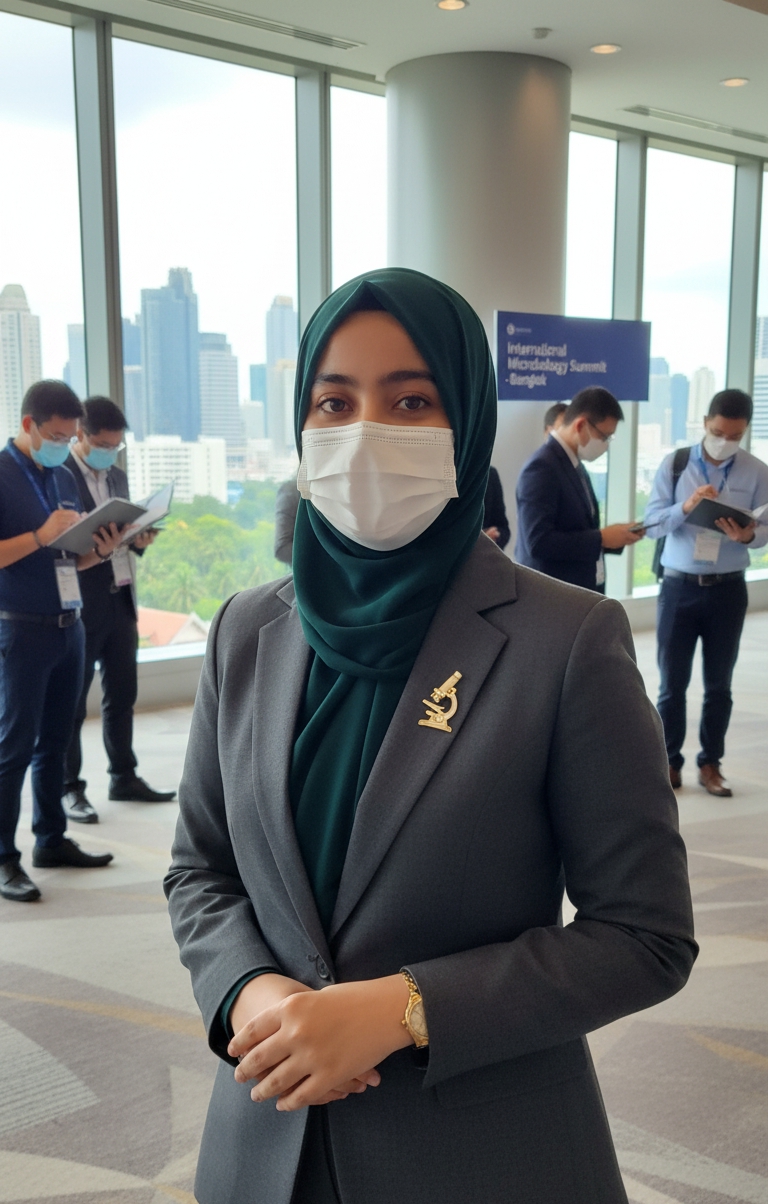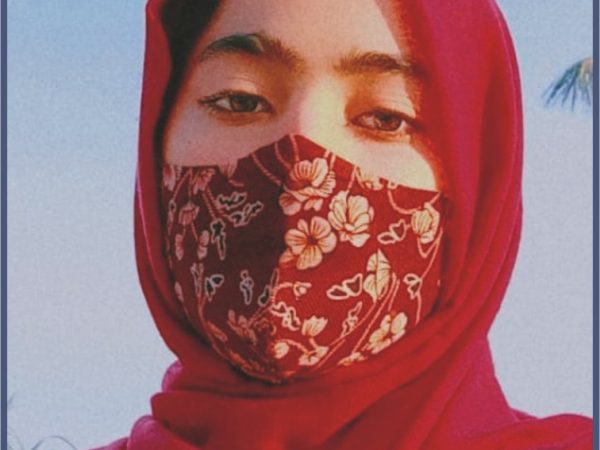MEDIA REPRESENTATION AND GENDER: ANALYZING HOW MAIN STREAM MEDIA AND COMMUNICATION CHANNELS REPRESENT CLIMATE CHANGE IMPACTS ON DIFFERENT GENDERS
ABSTRACT:
Climate change affects everyone, but its impact can vary across genders. However, mainstream media often fails to adequately represent these nuances. The media tends to perpetuate gender stereotypes, portraying men as the primary voices of authority on climate change, while women are often relegated to the background or portrayed solely as victims. Media coverage often overlooks the unique experiences and perspectives of non-binary individuals and those who identify outside the traditional binary gender system. This lack of representation further marginalizes these voices and hinders a comprehensive understanding of the gendered dimensions of climate change.
This abstract sheds light on the need for more inclusive and accurate media representations of climate change and its gendered impacts. By challenging stereotypes and amplifying diverse voices, we can foster a more equitable and effective response to this global challenge. Moreover, media coverage tends to focus on sensationalized stories and imagery, which can further reinforce gendered stereotypes.
INTRODUCTION:
Challenging these stereotypes requires a multi-faceted approach. It involves promoting diverse representation in media, ensuring that women and other marginalized genders are given equal opportunities to share their expertise and experiences. It also involves adopting an intersectional approach that recognizes the overlapping identities and experiences of individuals.
Media outlets should strive to highlight the important roles that women and other marginalized genders play in climate change solutions, showcasing their leadership, innovation, and resilience. By amplifying diverse voices and experiences, media can contribute to a more inclusive and accurate portrayal of the gendered dimensions of climate change. Media representations of gender and climate change are complex and have the power to shape public perceptions and responses. By challenging stereotypes, promoting diverse representation, and highlighting the contributions of all genders, we can foster a more equitable and effective response to the climate crisis. Absolutely! Gender stereotypes in climate change media coverage can be observed in various ways. Here are a few examples:
Victimizing Women:
Media often portrays women as helpless victims of climate change, emphasizing their vulnerability in the face of natural disasters. This portrayal overlooks their agency and resilience in copying with and addressing climate-related challenges. women always victimized.
Under-representation of Women Experts:
Women experts and leaders in the field of climate change are often under-represented in media coverage. This perpetuates the stereotype that men are the primary authorities on the subject, disregarding the valuable contributions and expertise of women.
Lack of Diversity:
Media coverage often fails to highlight the experiences and perspectives of individuals from diverse backgrounds, including women from marginalized communities. This omission overlooks the unique challenges they face and their innovative solutions to climate change.
Disproportionate Impacts:
Climate change affects different communities in different ways, and these impacts are often magnified for marginalized groups. For example, low-income communities, predominantly composed of people of color, may face greater vulnerability due to limited resources and infrastructure. Intersectional climate change media coverage would recognize and address these disparities.
Gendered Impacts:
Climate change affects men and women differently due to existing gender inequalities. Intersectional media coverage would explore how gender intersects with other factors, such as race and socio -economic status, to shape experiences of climate change impacts and responses.
Migration and Displacement:
Climate change-induced migration and displacement disproportionately affect marginalized communities. Intersectional media coverage would shed light on how factors like gender, race, and class intersect to shape the experiences of those forced to leave their homes due to climate-related factors.
Narrow Focus on Women’s Roles:
Climate change media coverage may sometimes focus solely on women’s roles as caregivers and their vulnerability to climate impacts, neglecting their active participation as agents of change and innovators in climate solutions.
Women in Developing Countries:
Intersectional climate change media coverage recognizes that women in developing countries may face compounded vulnerabilities due to factors such as poverty, limited access to resources, and gender-based discrimination. It highlights the importance of addressing these intersecting challenges in climate change adaptation and mitigation efforts.
Racial and Ethnic Minorities:
Intersectional media coverage acknowledges that racial and ethnic minorities may experience disproportionate impacts from climate change due to systemic inequalities. It sheds light on the ways in which race, ethnicity, and climate change intersect, amplifying the voices and experiences of marginalized communities.
LGBTQ+ Communities:
In climate change media coverage recognizes that LGBTQ+ individuals may face specific challenges in the face of climate change, including discrimination, lack of access to resources, and vulnerability to displacement. It emphasizes the need for inclusive and equitable climate solutions that address the unique needs of LGBTQ+ communities.
Health Disparities:
Climate change can exacerbate health inequalities in marginalized communities. Heat waves, air pollution, and increased exposure to vector-borne diseases disproportionately affect communities with limited access to healthcare, inadequate infrastructure, and socioeconomic disadvantages.
Food Insecurity:
Changes in temperature and precipitation patterns can disrupt agricultural systems, leading to decreased crop yields and food scarcity. Marginalized communities, especially those reliant on subsistence farming or living in food-insecure regions, are particularly vulnerable to the impacts of climate change on food availability and access.
Water Scarcity:
Climate change can exacerbate water scarcity, affecting marginalized communities that already lack access to clean and reliable water sources. This can lead to health issues, increased competition for resources, and further marginalization.
Economic Disadvantages:
Climate change impacts, such as extreme weather events or long-term shifts in environmental conditions, can disproportionately affects marginalized communities economically. Limited resources, lack of insurance coverage, and limited access to financial support can hinder recovery and resilience efforts.
It is crucial to recognize and address these disproportionate impacts on marginalized communities in climate change mitigation and adaptation strategies. By prioritizing equity and inclusion, we can work towards a more just and resilient future for all.
Author
-

Qurat-ul-Ain is a multifaceted leader, Microbiologist, and CEO of Q Art Studio, blending science and art to drive social change.
-
Leadership: National Youth Leader (IIPL) and Ambassador for the International Diplomat Conference 2025.
-
Science & Literature: Researcher with 15+ articles, Medical Book Editor, and published poet/author.
-
Key Engagements: Speaker at ANSO-PAS, AASA-PAS, and NEXUS Summit LUMS on climate and leadership.
-
Awards: Recipient of the Peace Ambassador Award (Azerbaijan), SDGs National Award, and 100 Young Influencers recognition.
-
Mission: A motivational speaker and counselor dedicated to empowering women, promoting education, and pursuing advanced microbial research.
-

